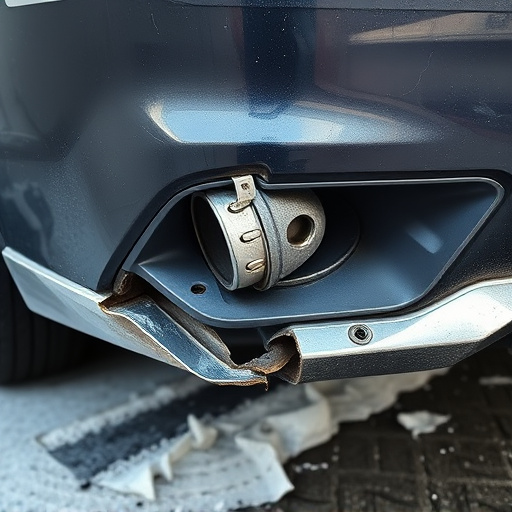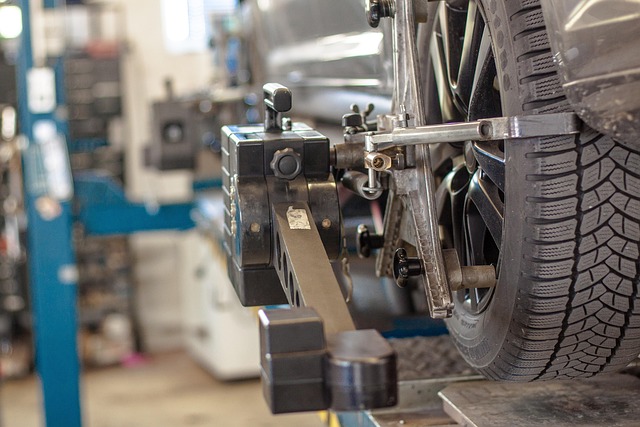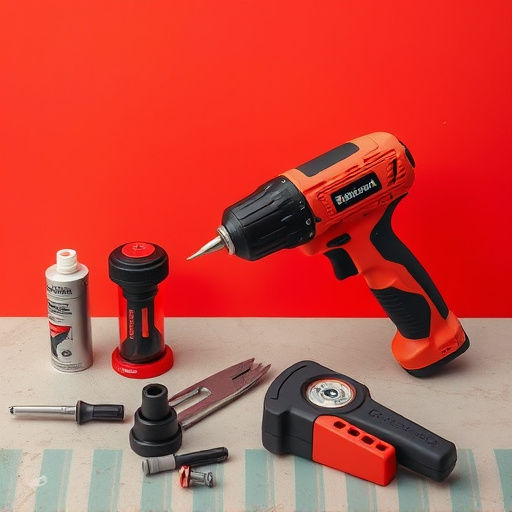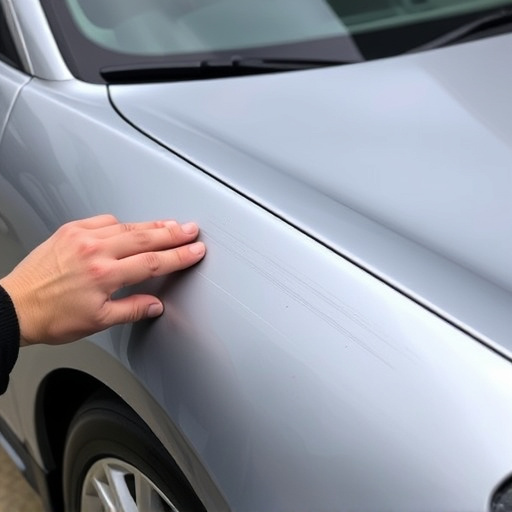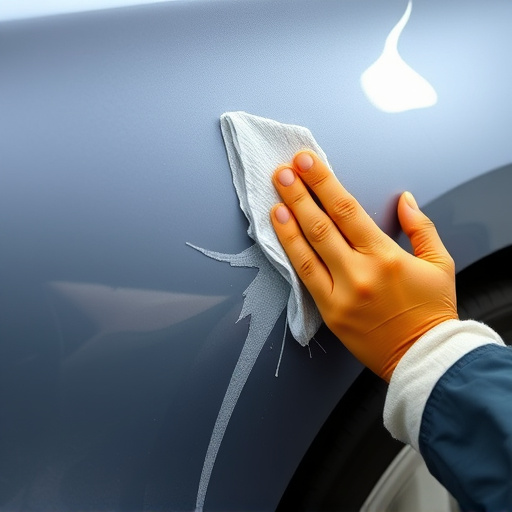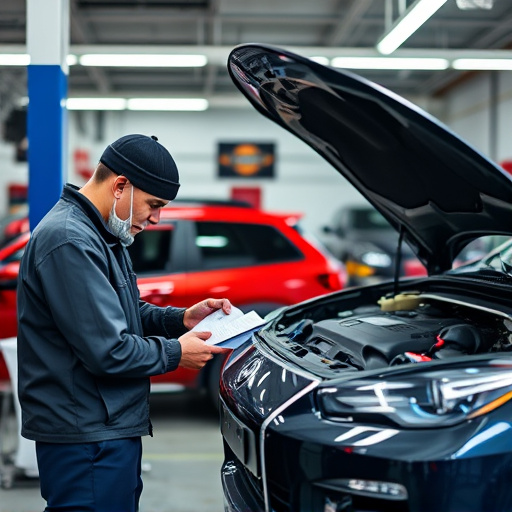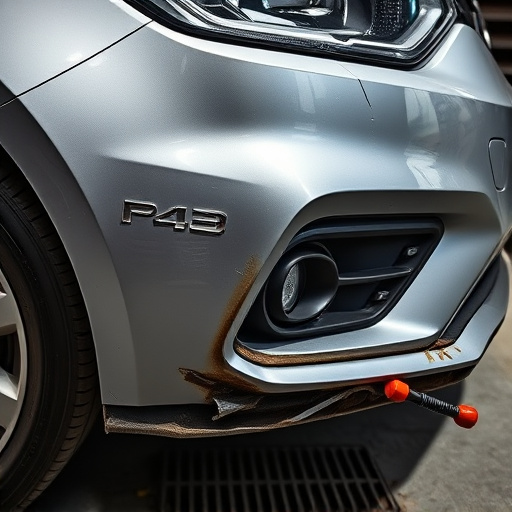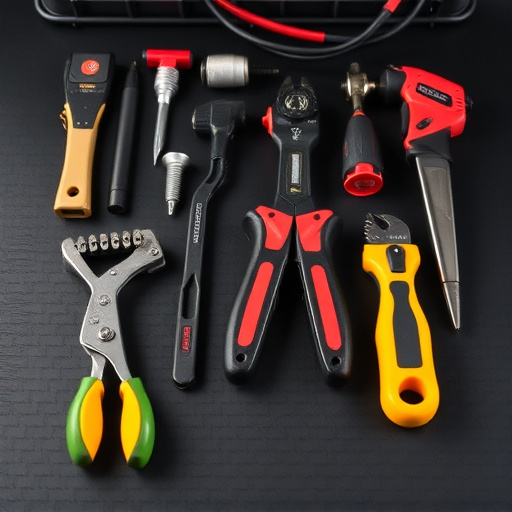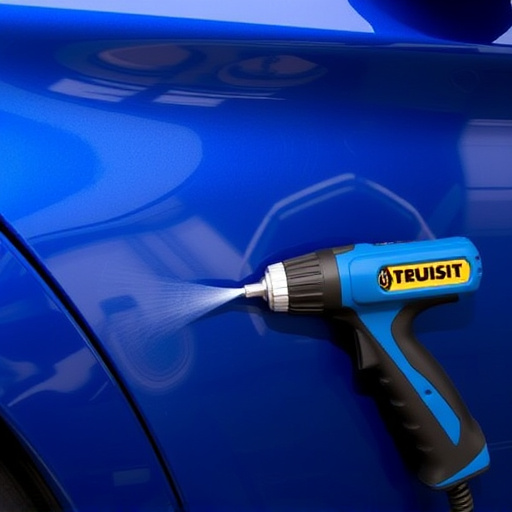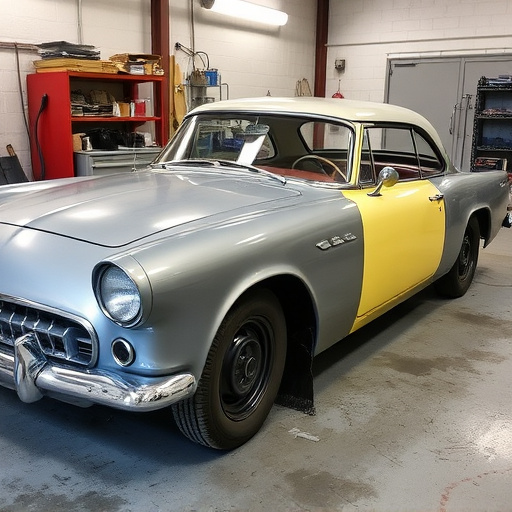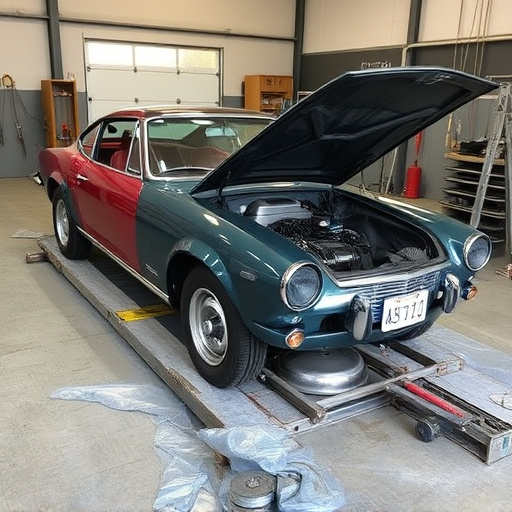After a vehicle crash, assessing the fuel system's intactness is crucial for safety. Start with visual inspections and consult professionals who use diagnostic tools for in-depth analysis. Common failure modes include leaks, damaged connections, and contaminated fuel lines. Conducting a thorough fuel system collision check identifies risks and ensures safe repair procedures, including evacuation, leak containment, and expert vehicle dismantling at certified centers.
After a vehicle crash, understanding the safety risks associated with the fuel system is crucial. This comprehensive guide delves into assessing the intactness of your car’s fuel system post-collision and exploring common failure modes in fuel line collisions. We also outline effective safety measures and post-crash procedures to mitigate risks. Remember that a thorough fuel system collision check is essential for ensuring your safety and preventing catastrophic events.
- Assessing Fuel System Intactness After a Crash
- Common Failure Modes in Fuel Line Collisions
- Mitigating Risks: Safety Measures & Post-Crash Procedures
Assessing Fuel System Intactness After a Crash
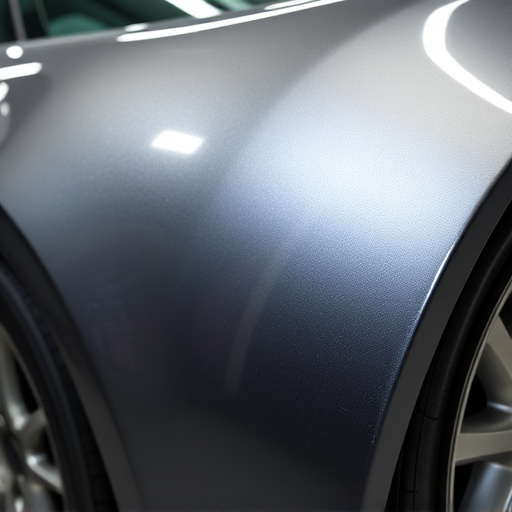
After a vehicle crash, assessing the intactness of the fuel system is crucial for ensuring safety and preventing further risks. The first step involves conducting a thorough visual inspection to identify any visible damage or signs of leakage from the fuel tank, lines, and pump. This initial collision check can reveal cracks, punctures, or disconnections that might indicate compromised integrity.
For more detailed evaluation, it’s recommended to consult with auto repair professionals who have the expertise to diagnose potential issues. They employ advanced diagnostic tools to monitor fuel system performance and detect any anomalies. If needed, they can perform tasks like replacing damaged components, repairing leaks, or even suggesting vehicle paint repair and auto glass replacement services to restore your vehicle to its pre-crash condition, ensuring a safer driving experience for all.
Common Failure Modes in Fuel Line Collisions

In the event of a vehicle crash, understanding the common failure modes within the fuel system is paramount for assessing safety risks. One of the primary concerns in a collision involving the fuel line is the potential for a spill or leak. This can occur due to various reasons such as direct impact on the fuel tank or nearby components, causing them to rupture or break apart. Even minor dents or deformations in the fuel lines can compromise their integrity and lead to leaks over time.
Another failure mode involves the connections and joints within the fuel system. These areas are particularly vulnerable to separation or cracking under sudden forces during a crash. A loose or damaged connection could result in a disruption of fuel supply, leading to issues like engine stall or even a more severe fire hazard if sparks are present. Proper inspection of these components is crucial for identifying potential risks, and it’s a service offered by many reputable collision centers, ensuring that the vehicle is safe to operate after any car paint services or collision repair work.
Mitigating Risks: Safety Measures & Post-Crash Procedures
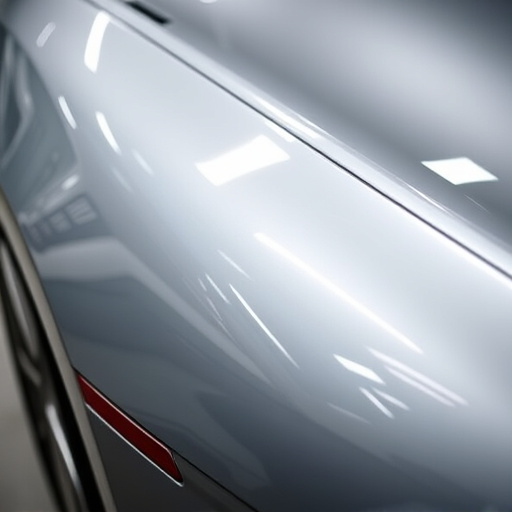
In the aftermath of a vehicle crash, mitigating risks associated with the fuel system is paramount to ensure safety for everyone involved. A thorough fuel system collision check becomes imperative as even minor impacts can compromise the integrity of fuel lines and components. This critical step involves inspecting for leaks, damage to fuel injectors, and any signs of contamination that could lead to fires or explosions. Modern vehicles equipped with sophisticated fuel injection systems necessitate specialized tools and knowledge to accurately assess potential hazards.
Implementing robust safety measures before and after a collision is key. These include storing flammable liquids securely, using fire suppression systems, and training emergency responders on the unique risks of fuel system failures. A well-coordinated post-crash procedure involves quickly evacuating the area, containing any leaks, and utilizing specialized equipment to safely dismantle and repair the vehicle, often at a collision center or vehicle body shop. Such proactive measures significantly reduce the risk of secondary injuries and property damage caused by fuel system malfunctions.
Following a vehicle crash, assessing the integrity of the fuel system is crucial for mitigating safety risks. By understanding common failure modes in fuel line collisions and implementing post-crash procedures that include a thorough fuel system collision check, drivers and emergency responders can ensure safer environments both immediately after an accident and during long-term vehicle repairs. These proactive measures are vital steps toward minimizing potential hazards associated with fuel system failures.




